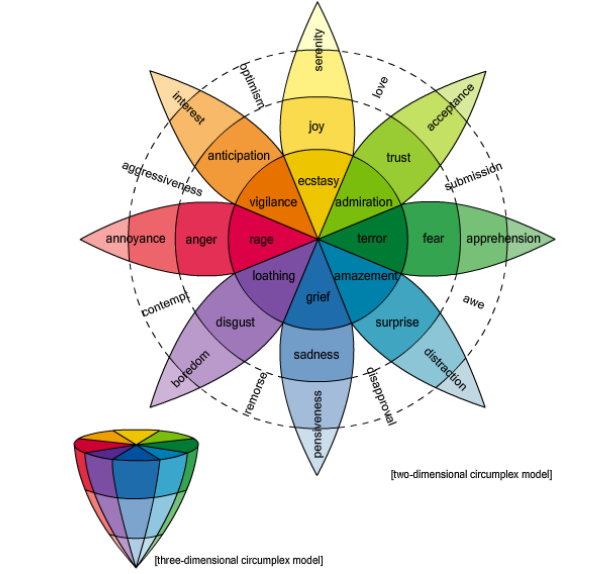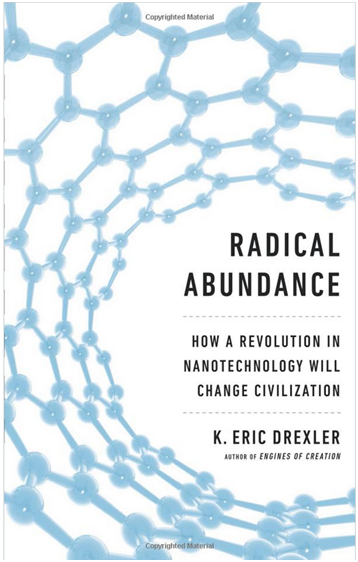Nick Sinai at the White House Blog:”…We are proud of this progress, but recognize that there is always more we can do to build a more efficient, effective, and accountable government. In that spirit, the Obama Administration has committed to develop a second National Action Plan on Open Government: “NAP 2.0.”
In order to develop a Plan with the most creative and ambitious solutions, we need all-hands-on-deck. That’s why we are asking for your input on what should be in the NAP 2.0:
- How can we better encourage and enable the public to participate in government and increase public integrity? For example, in the first National Action Plan, we required Federal enforcement agencies to make publicly available compliance information easily accessible, downloadable and searchable online – helping the public to hold the government and regulated entities accountable.
- What other kinds of government information should be made more available to help inform decisions in your communities or in your lives?
- How would you like to be able to interact with Federal agencies making decisions which impact where you live?
- How can the Federal government better ensure broad feedback and public participation when considering a new policy?
- The American people must be able to trust that their Government is doing everything in its power to stop wasteful practices and earn a high return on every tax dollar that is spent. How can the government better manage public resources?
- What suggestions do you have to help the government achieve savings while also improving the way that government operates?
- What suggestions do you have to improve transparency in government spending?
- The American people deserve a Government that is responsive to their needs, makes information readily accessible, and leverages Federal resources to help foster innovation both in the public and private sector. How can the government more effectively work in collaboration with the public to improve services?
- What are your suggestions for ways the government can better serve you when you are seeking information or help in trying to receive benefits?
- In the past few years, the government has promoted the use of “grand challenges,” ambitious yet achievable goals to solve problems of national priority, and incentive prizes, where the government identifies challenging problems and provides prizes and awards to the best solutions submitted by the public. Are there areas of public services that you think could be especially benefited by a grand challenge or incentive prize?
- What information or data could the government make more accessible to help you start or improve your business?
Please think about these questions and send your thoughts to opengov@ostp.gov by September 23. We will post a summary of your submissions online in the future.”


